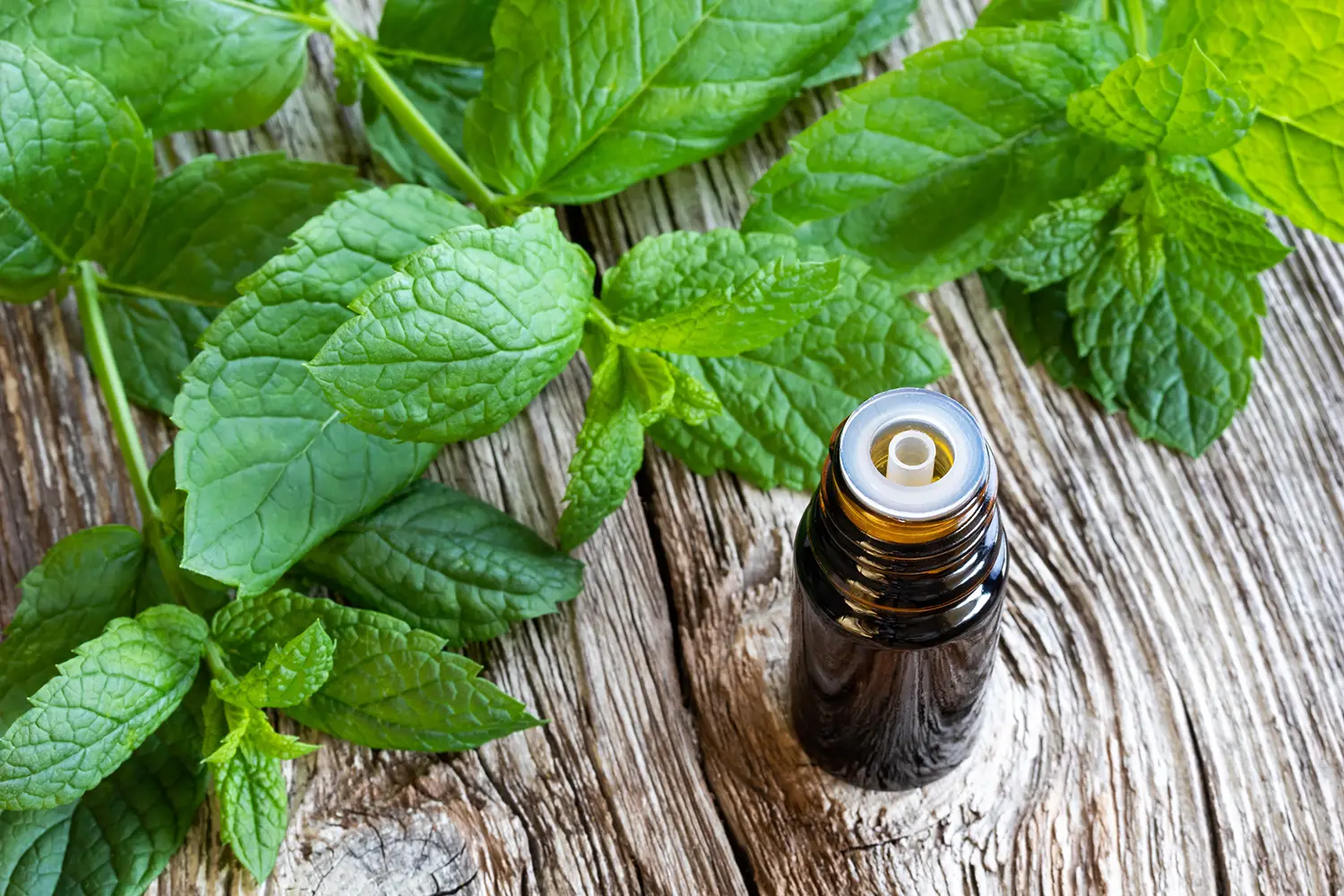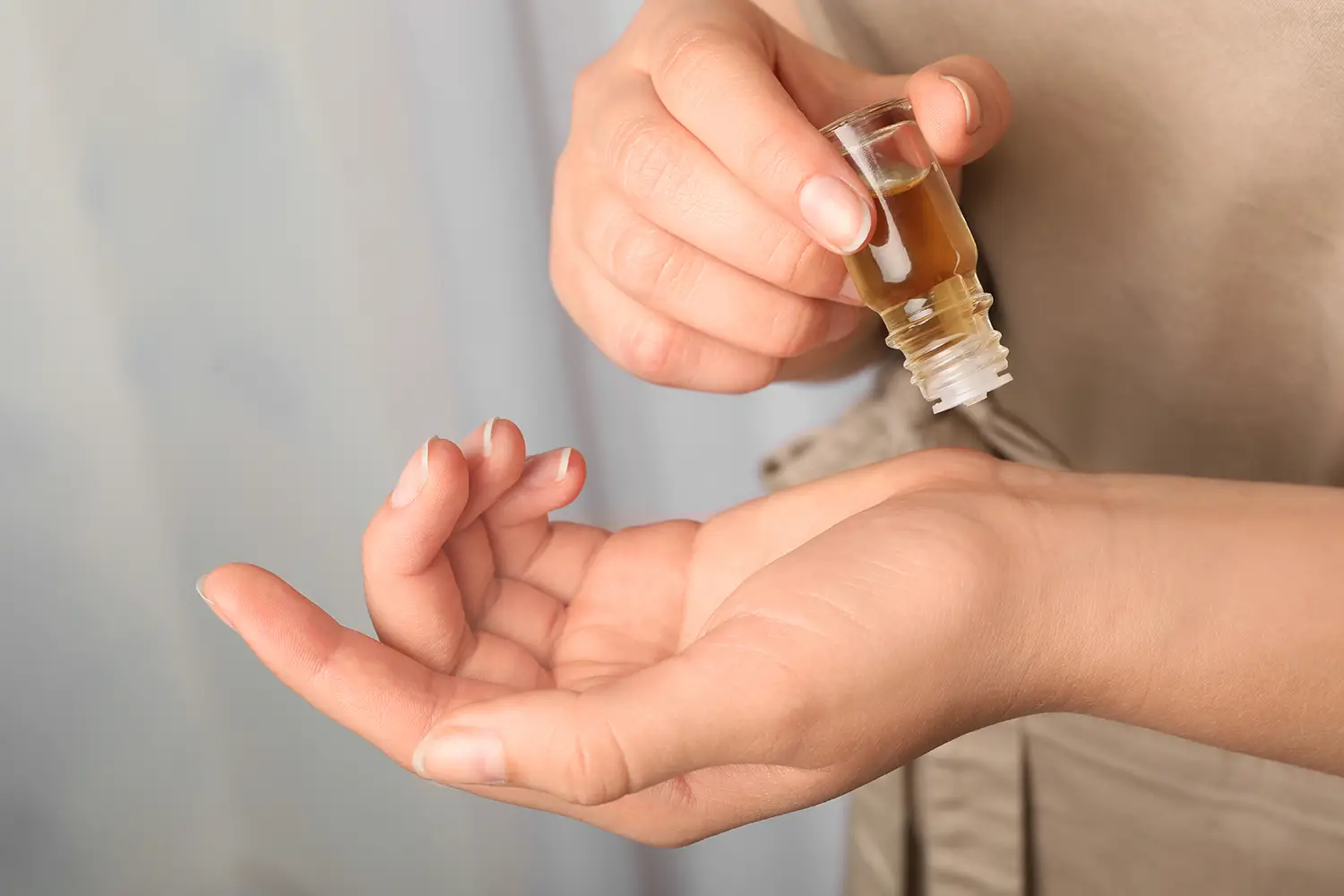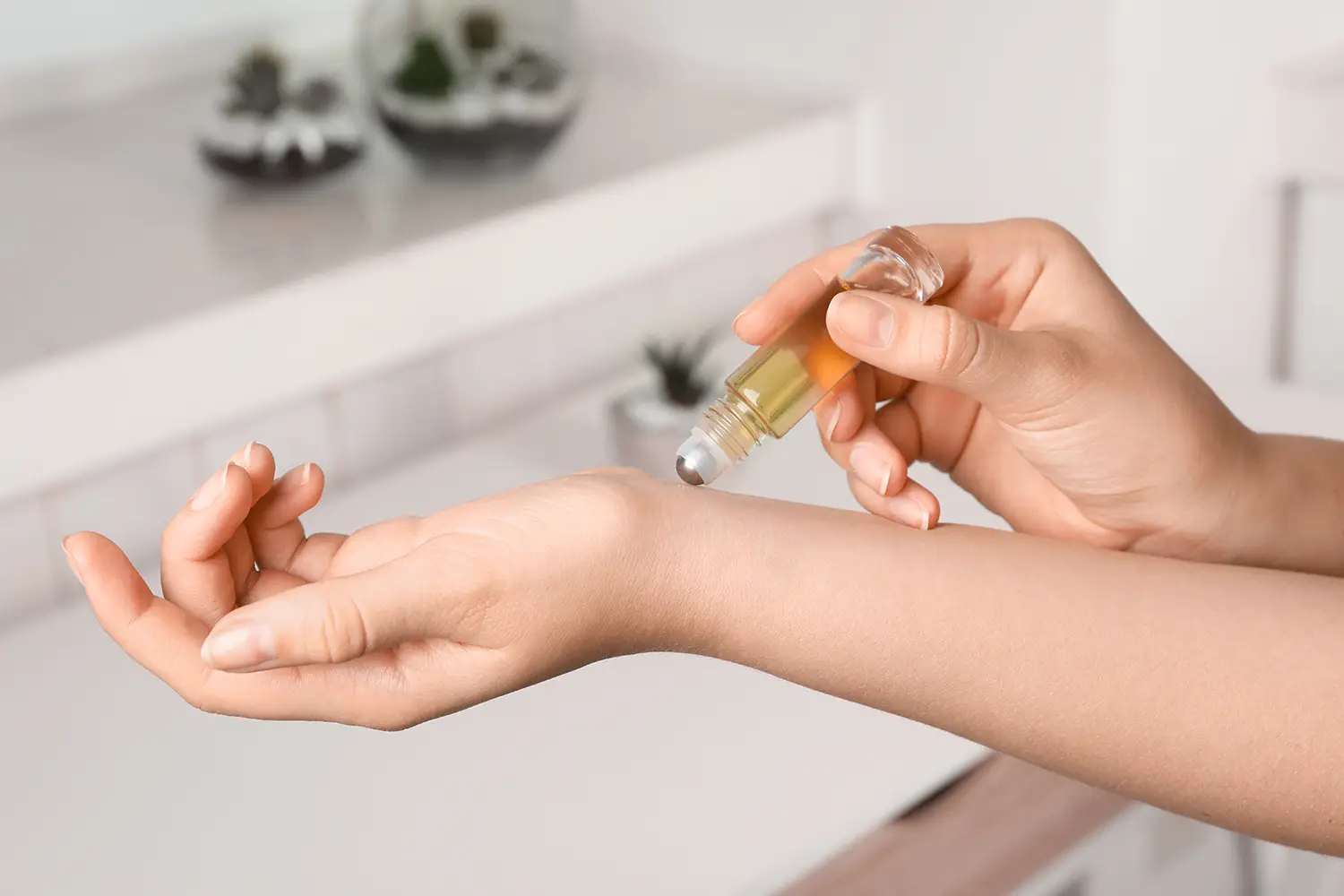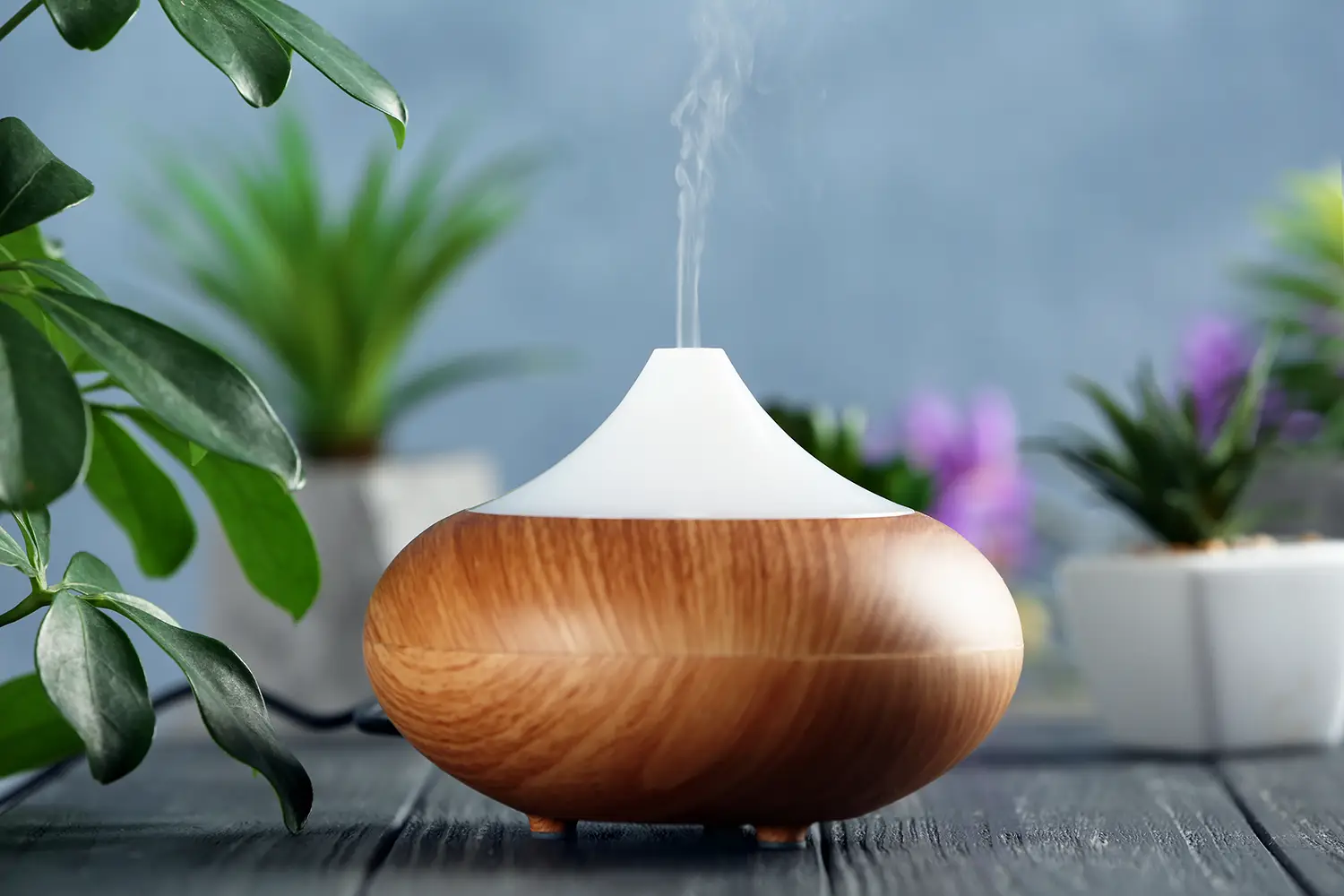Aromatherapy is one of the oldest and most natural forms of healing, using essential oils to improve mental and physical well-being. Essential oils are extracted from plants, flowers, and trees, and have been used for centuries to treat a variety of health issues.
Aromatherapy can be used in several different ways, including inhalation, topical application, and through massage. Today, aromatherapy and the use of essential oils are more popular than ever, thanks to their ability to improve moods, ease stress, and promote relaxation.
Essential oils are natural, aromatic compounds found in the seeds, bark, leaves, and flowers of plants. They can be used for a variety of purposes, from aromatherapy to skincare and even as natural food flavourings. There are many different essential oils available, each with its own unique properties and benefits.
If you’re interested in learning how to use essential oils, including for personal wellness, this is the perfect place for you. In this article, we’ll discuss the basics of essential oil use, including what essential oils can be used for and how to use them safely and effectively. We’ll also provide a few tips on getting started with essential oil aromatherapy.
What are the benefits of essential oils?
Plant essential oils have been used for centuries for their healing properties. Today, essential oils are having a renaissance gaining renewed popularity as a natural way to improve health and well-being. Here are some of the benefits of using essential oils aromatically, and some oils for you to try:
- Gentle inhalation of essential oils via a diffuser, or by applying essential oils to a smelling strip, or cotton ball can help to improve the environment, cleansing the air and promoting respiratory health. Peppermint oil is particularly beneficial for this as it can help to clear congestion and soothe.
- Lemon essential oil can help to boost your mood, energy and concentration levels whilst helping with stress relief and anxiety. Eucalyptus essential oil and Rosemary verbenone essential oil can be used in a diffuser to help increase concentration levels.
- The relaxing scent of Lavender essential oil and Cedarwood essential oils can also be used to help boost your immune system. This can be especially effective when used during cold and flu season.
- When used topically, essential oils can also be used to promote good skin health. Tea tree oil with its anti-inflammatory properties can help when coping with skin inflammation and acne.
- The antibacterial properties of citrus oils such as Lemon oil make them excellent cleansers for wash-off cosmetic products, and even when used around the home for cleansing work surfaces.
- Some oils can be used as effective insect repellants, such as Eucalyptus oil (citriodora), Peppermint and Tea tree oil.

Essential Oil Basics
Essential oils can be used aromatically, topically, and in the home. Before we dive in, let’s look at some of the basics of plant-extracted essential oil.
What are essential oils?
Essential oils are concentrated plant extracts that contain the volatile aromatic compounds responsible for a plant’s distinctive smell and are typically extracted from the leaves, flowers, stems, or roots of plants. These compounds are generally well known to have some therapeutic effects when they are inhaled and also when applied topically to the skin.
Essential oils are used in aromatherapy, which uses the aromatic properties of the oils to promote relaxation and well-being. There are several ways to use essential oils, but it is important to understand both the benefits and potential risks before using them.
Essential oils should not be confused with fragrance oils, which are usually synthetic, chemically derived products that do not have the same potential health benefits as essential oil plant extracts.
How do essential oils work?
The aromatic compounds found in essential oil are thought to interact with the limbic system, which is the part of the brain that controls emotions and memory. Working in conjunction with the nervous system this interaction is believed to provide a variety of benefits including reducing stress and anxiety while improving sleep and boosting mood.
There are two main ways to use essential oils:
- Through inhalation, essential oils may help to promote a sense of calm and reduce anxiety and are often used as part of a holistic approach to managing stress. Oils can be inhaled via a diffuser, or even by simply adding a few drops of essential oil onto a smelling strip or cotton ball to inhale throughout the day as needed.
- Essential oils can also be applied topically, usually diluted in a carrier oil such as jojoba or coconut oil. When they are used topically, due to the individual properties of the oils (such as antimicrobial, anti-bacterial, or anti-inflammatory) they may help people cope with certain skin conditions, and muscle pain in some cases.
Some essential oil suppliers and aromatherapists suggest the internal use of essential oils. However, we do not recommend this as some essential oils are toxic, and can be harmful if ingested.
How do you use essential oils for beginners?
A great way to start using essential oils is to try adding one or two drops of your favorite essential oil (such as Lavender essential oil) to a diffuser, bath, cotton ball or cotton swab to gently enjoy the aromatic benefits of the oils.

How to use essential oils on skin
Essential oils are commonly included in beauty products including creams, lotions, shampoos, bath bombs, and many other pre-packaged cosmetic products intended for topical use on the skin.
Essential oils can also be used via topical application, through both calming massage therapy and simple direct application to the skin. When using essential oils topically, you will want to add a few drops to a carrier oil such as jojoba, coconut, or sweet almond oil before applying it to the skin. One drop of essential oil to 5ml of carrier oil is a perfect way to safely incorporate essential oil into your wellness routine.
This is because while certain oils may be applied neat directly to the skin, this requires knowledge of the specific essential oil and the many benefits and risks associated with their use. A carrier oil is used to dilute the essential oil reducing its potency and therefore the potential risk of skin sensitivity and irritation. If irritation occurs, immediately stop using the essential oil and wash the area clean with water.
Essential oils can offer many benefits when used topically on the skin. Some essential oils are known for their ability to soothe and calm the skin, while others may help promote healthy skin cell growth or reduce the appearance of scars or stretch marks. When used as part of a massage, essential oils can also help to ease muscle tension and promote relaxation.
When using essential oils it is important to remember that less is more. Start with a small amount and increase as needed. You should always do a patch test on a small area of skin before applying essential oils more broadly. If you have sensitive skin, be sure to choose essential oils that are known for being gentle and soothing.
We would always recommend that you consult with a qualified aromatherapist before using essential oils, particularly if you are pregnant or have any underlying health conditions.
To find out more about using essential oil for skin please check out our dedicated article by following the link.
What can you mix essential oils with to put on your skin?
A carrier oil is a common method of application used to apply essential oils directly to the skin at a concentration ratio of 1-3%, although a qualified aromatherapist may go as high as 5% after a client consultation.
Carrier oils are used to “carry” the essential oil onto the skin and help prevent skin irritation. They also contain their own vitamins and antioxidants and so have their own benefits for use.
A good rule of thumb for at-home use is to start with less essential oil and add more if needed. Organic and cold-pressed carrier oils are best used and include castor oil, sweet almond oil, apricot kernel oil, grapeseed oil, jojoba oil, and avocado oil.
Apply essential oils to the skin using a hot or cold compress
The use of a compress can help reduce pain and swelling of damaged tissues. Essential oils used in a compress can help relieve pain and inflammation in joints and sprains, while also soothing headaches.
Most essential oils are suitable for both cold and heated applications:
- Heat treatment increases blood flow in areas, and the increase in temperature may help relieve painful periods and relax sore muscles.
- Cold treatment may reduce blood flow in some areas and is helpful for swollen, hot feet or tension headaches.
How to make a hot or cold compress:
- Fill a bowl with ice and water (use hot water and no ice if making a hot compress…!)
- Mix your chosen essential oils into the water.
- Soak a clean cloth or flannel in the liquid.
- Wring out the excess liquid and apply the compress to the affected area.
Make an essential oil roller
You can also create an essential oil roller bottle which is pre-diluted and ready to use. To do this, add your essential oils of choice to a small glass bottle with a roller ball top. Then fill the rest of the bottle with your carrier oil of choice. Once you have done this, simply apply the oil to the desired area on the skin and followed by a simple massage.

How to use essential oils for Aromatherapy
Using a diffuser
Diffusing essential oils is one of the most popular methods of use. This involves using an essential oil diffuser which disperses the oil particles into the air.
Diffused essential oils can help to cleanse and purify the air, and can also be used to improve mood. Some essential oils, such as Tea tree essential oil, can be useful for clearing nasal congestion and easing respiration, while others such as Lavender essential oil can be used to help promote relaxation.
When you diffuse essential oils, it is important to follow the manufacturer’s instructions for your diffuser. Typically, you will add water to the diffuser and then add a few drops of essential oil. The diffuser will then disperse the essential oil into the air. As always, it is best practice to only add one or two drops of pure essential oil, as you do not really need to add any more.
Try adding one or two drops of Lavender oil to your room diffuser to bring a sense of calm to your environment. Want to improve your concentration levels when working from home during the day, then switch to Lemon essential oil or Rosemary essential oil instead to help focus the mind.
Using essential oils in the shower
To inhale essential oils whilst in the shower, simply add a few drops of essential oil to the corner of the shower or onto a flannel. The heat and steam from the shower will help to disperse essential oils into the air for you to breathe in. This can be a great way to start or end your day, depending on which essential oils you choose to use.
Using essential oils in the bath
Adding essential oils to your bathtub can turn your regular bathing routine into an aromatherapy essential oil experience! It is important to remember that essential oils should never be added directly to the water, as they will not dissolve and could potentially irritate your skin. Instead, add them to a dispersant before adding them to the running water. You can also add essential oils to a bath bomb recipe for an extra relaxing experience.

How to use essential oils safely
- We recommend anyone who wants to experience the full benefits of essential oils consult with a qualified aromatherapist before use, especially if you have any underlying health conditions such as high blood pressure, or if you are pregnant.
- A qualified, reputable aromatherapist will be able to advise you on a suitable essential oil blend specifically for you. Please ensure to choose one who is a member of the International Federation of Aromatherapists (IFA) as this will demonstrate the level of training and qualification that they have received to advise.
- A general tip is important to remember that less is more; essential oils are very concentrated and powerful so a little goes a long way! You shouldn’t overload a diffuser with oil, and neither should you use excessive amounts when using topically. One drop is often enough.
- If you’re interested in trying essential oils, it’s important to do your research and purchase essential oils from a reputable source. It’s also important to be aware of how to properly mix essential oils before using them topically, as well as any potential side effects or interactions that may occur.
- Essential oils often even when mixed in a carrier should not be applied directly to broken skin, or very inflamed skin.
- We do not recommend the use of essential oils internally. Some essential oils are toxic and potentially harmful when ingested.
If you have any further questions about using essential oils, please contact us, and I’ll be happy to help! 🙂






